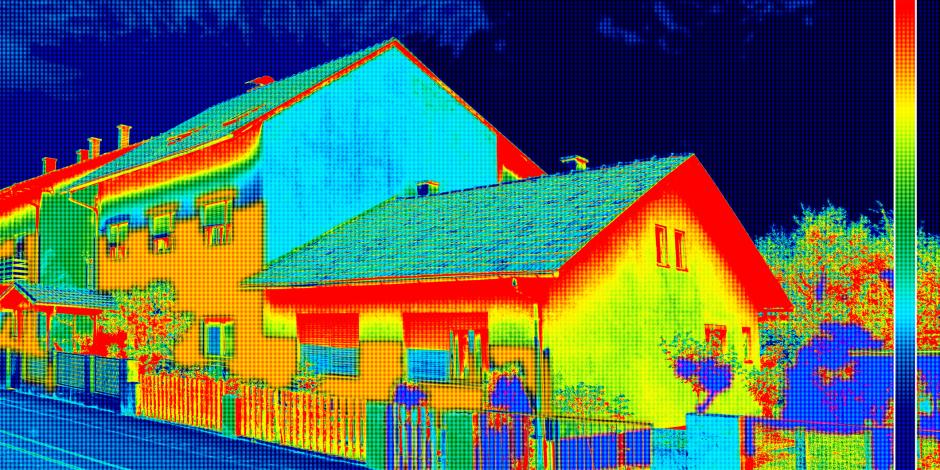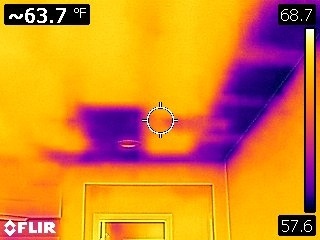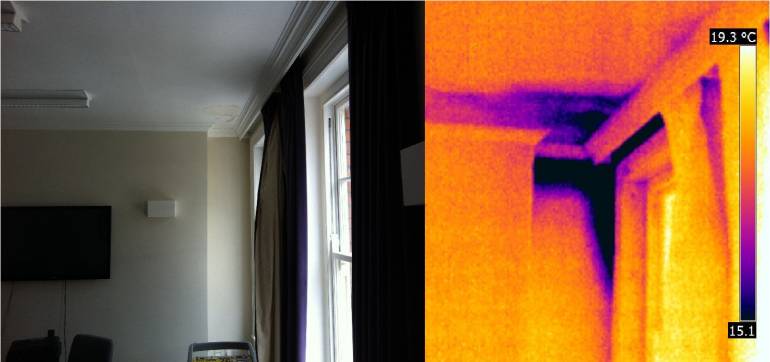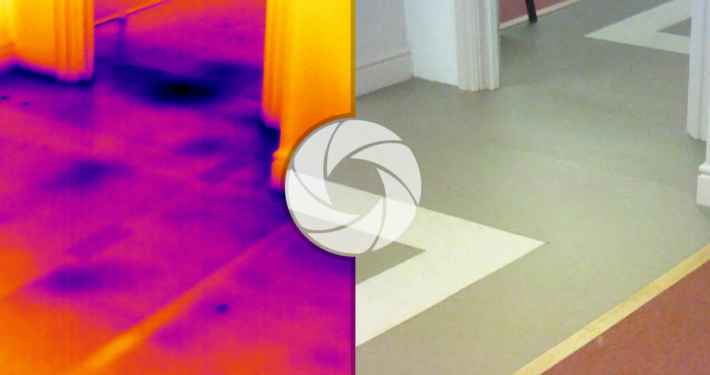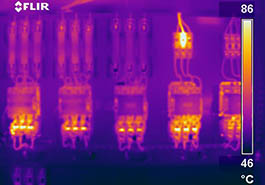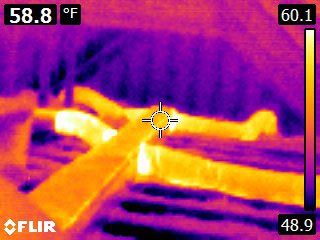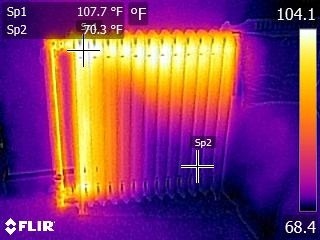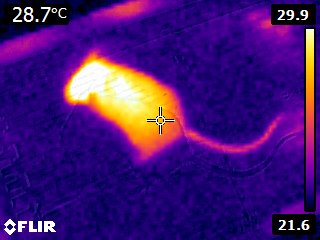Why do Home Inspectors use thermal imaging?
Thermal imaging is a valuable tool in home inspections, helping inspectors identify issues that may not be visible to the naked eye. Here are five ways thermal imaging is used in home inspections:
- Detecting Insulation Gaps: Thermal imaging can reveal areas with poor insulation by detecting temperature differences. Cold spots may indicate gaps or insufficient insulation in walls, ceilings, or floors. This information helps homeowners and inspectors address energy inefficiencies and improve the overall insulation of the home.
Locating Water Leaks: Thermal imaging is effective in identifying water leaks and moisture intrusion. Water has a different thermal signature than dry materials, so areas with water damage or leaks will appear as cooler spots on the thermal image. This allows inspectors to pinpoint the source of leaks and assess the extent of water damage without invasive procedures.
Finding Electrical Issues: Thermal imaging is useful for identifying overheating electrical components. Electrical problems often generate heat, and thermal imaging can help inspectors identify hotspots in electrical panels, outlets, and wiring. This early detection of potential electrical issues can prevent safety hazards and fire risks.
Overloaded circuit breakers can be a potential fire hazard with some defective equipment.
Identifying HVAC Problems: Thermal imaging is employed to assess the performance of heating, ventilation, and air conditioning (HVAC) systems. It can help identify issues such as blocked ducts, uneven heating or cooling, and malfunctioning components. This information is crucial for maintaining a comfortable indoor environment and optimizing energy efficiency.
Locating Pest Infestations: Thermal imaging can be used to detect pest infestations, such as termites or rodents, by revealing the temperature differences associated with their activities. Inspectors can identify areas where pests are active, allowing homeowners to take prompt action to address infestations and prevent further damage.
Overall, thermal imaging enhances the effectiveness of home inspections by providing insights into hidden issues that may not be apparent during a visual inspection alone. It enables inspectors and homeowners to make informed decisions about maintenance, repairs, and improvements to ensure the safety, energy efficiency, and structural integrity of the home.

